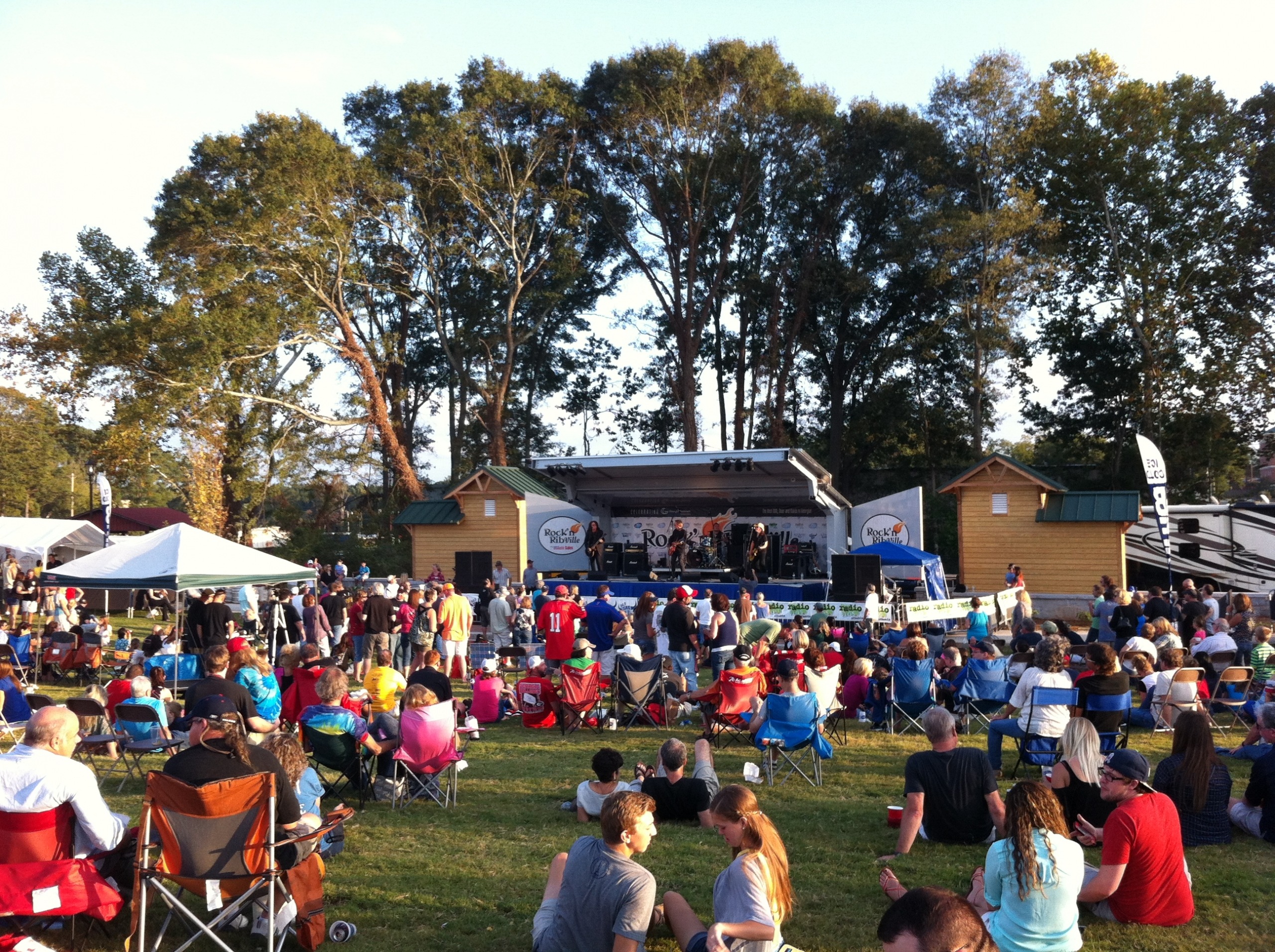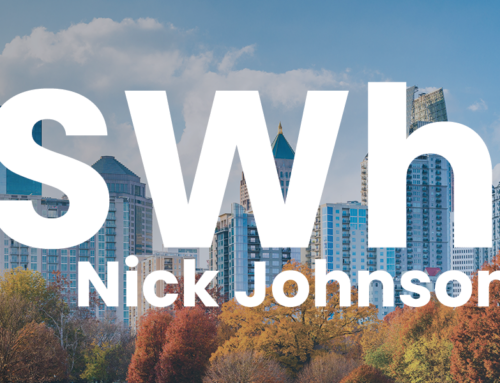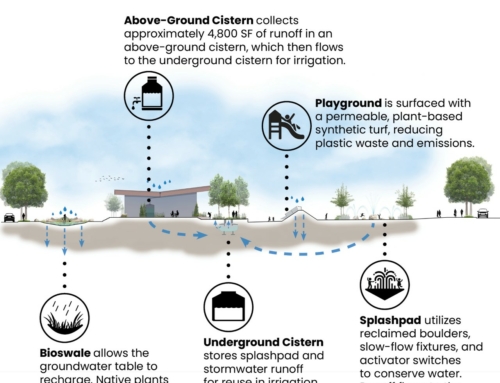Public Health & the Built Environment

Article By: Chris Morphis
TSW is beginning to consider what impacts COVID-19 will have on the discipline of landscape architecture. Some of the great classic works of landscape architecture were established as cities began to carve out public greenspaces, intended to ensure crucial access to the outdoor conditions essential for the health of their residents.
An early focus on preventing the spread of infectious disease has shifted over the years. Design trends in recent decades have become oriented more towards combating chronic conditions associated with sedentism. After the advent of zoning laws, which created a healthy separation between homes and industrial sites, incentives continued shifting to favor a more spread-out built environment. Compounded by the development of extensive automobile infrastructure, chronic diseases associated with sedentism have become widespread. Emphasis on creating more walkable, active, and accessible communities has come about in response to the changing public health needs of our time.
Now, a new public health crisis has once again altered our understanding of the ties between the built environment and sanitation. These lessons are sure to permeate through our designs. Here are some thoughts about some of the changes we might begin to see:
- Increasing access to outdoor hand sanitizer and hand washing facilities.
- Considering more outdoor gathering spaces, which may be a preferred venue to large indoor gatherings.
- Recommending outdoor exercise equipment, which may be preferred to gyms to follow social distancing.
- Expanding trails systems and parks, which continue to be important by allowing for safe social distancing and providing active recreation.
- Creating outdoor classrooms to respond to social distancing.
- Protecting more natural habitat for animals to create buffers between humans and wildlife.
- Implementing no-touch site elements such as doors, gates, turnstiles, etc.
For more information on public health and the build environment, check out: Noa Pinter-Wollman, Andrea Jelić and Nancy M. Wells. 2018 The impact of the built environment on health behaviours and disease transmission in social systems. Phil. Trans. R. Soc. B 373: 20170245. http://doi.org/10.1098/rstb.2017.0245







